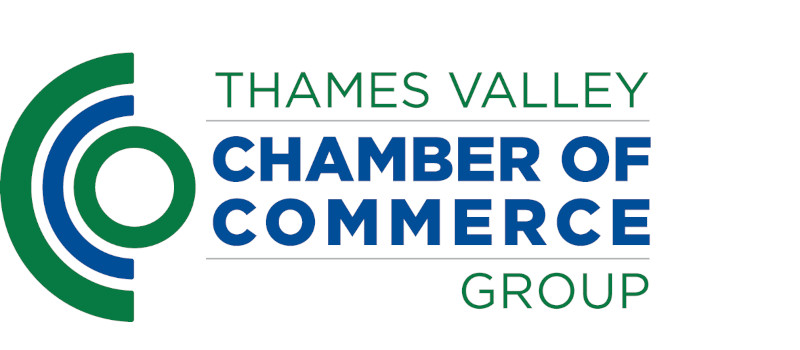Selling can be intimidating, but our useful checklist will help you prepare a sales pitch that will help you persuade the customer, overcome objections and close the sale
- Find out which services or products the customer is interested in.
- Establish your objectives. Do you want to make a sale now, or create initial interest to justify a later presentation to the decision-maker?
- Clarify what style and length of meeting the customer wants: for example, a full presentation, a product demonstration or a short introduction to your products or service followed by a discussion.
- Establish the key message you want the customer to take away from your presentation - the main benefit that makes your offering attractive to the customer.
- Establish a few key points that support this message; relate your points to the customer's needs and interests.
- Prepare a logical argument that will convince the customer to take action: for example, book a follow-up meeting or place an initial order.
- Anticipate any objections or questions the customer might raise; decide whether to answer these during the presentation or just have answers ready.
- Organise your material into self-contained sections that you will be able to expand or shorten in the presentation depending on the response.
- Prepare an introduction and conclusion to introduce the key points at the start of the presentation and to reinforce them at the end.
- Collate any facts and evidence to support your argument: for example, product samples, brochures or customer testimonials. Make sure your samples work.
- Prepare a first draft and read it aloud, leave it overnight and then revise it.
- Identify and prepare any simple, relevant visual aids that will reinforce or clarify your points: for example, technical specifications, product images, PowerPoint presentations or video demonstrations showing the item in use.
- Transfer the key points of your presentation to cards or a summary sheet and note where any visual aids will be used.
- Rehearse your presentation until you are satisfied; consider asking colleagues for feedback or recording yourself and watching it back to identify areas that need clarifying or tightening up.
- Identify how you will close the meeting; agree follow-up actions or ask for the sale.
